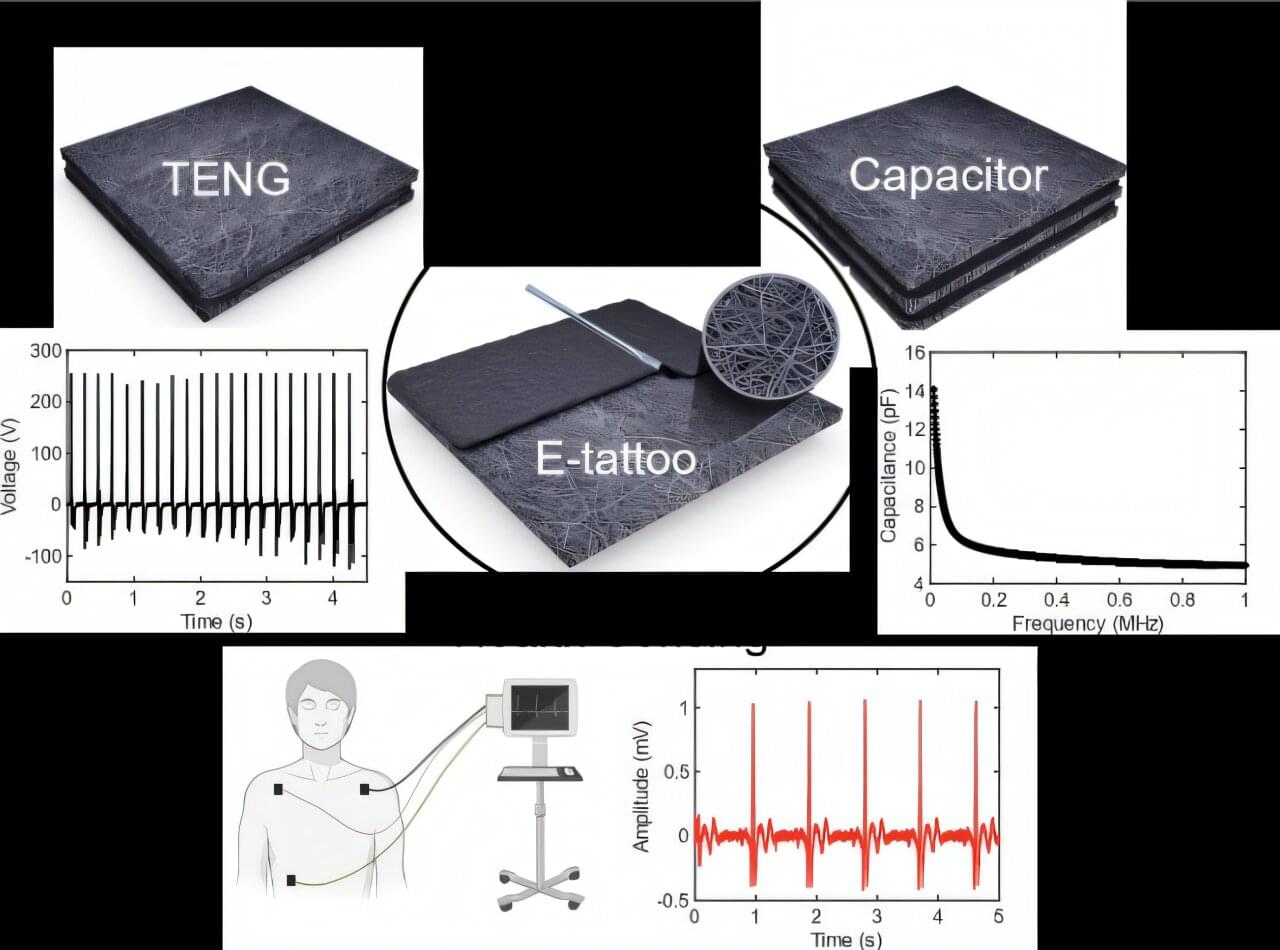The human brain is constantly processing information that unfolds at different speeds—from split-second reactions to sudden environmental changes to slower, more reflective processes such as understanding context or meaning.
A new study from Rutgers Health, published in Nature Communications, sheds light on how the brain integrates these fast and slow signals across its complex web of white matter connectivity pathways to support cognition and behavior.
Different regions of the brain are specialized for processing information over specific time windows, a property known as intrinsic neural timescales, or INTs for short.








